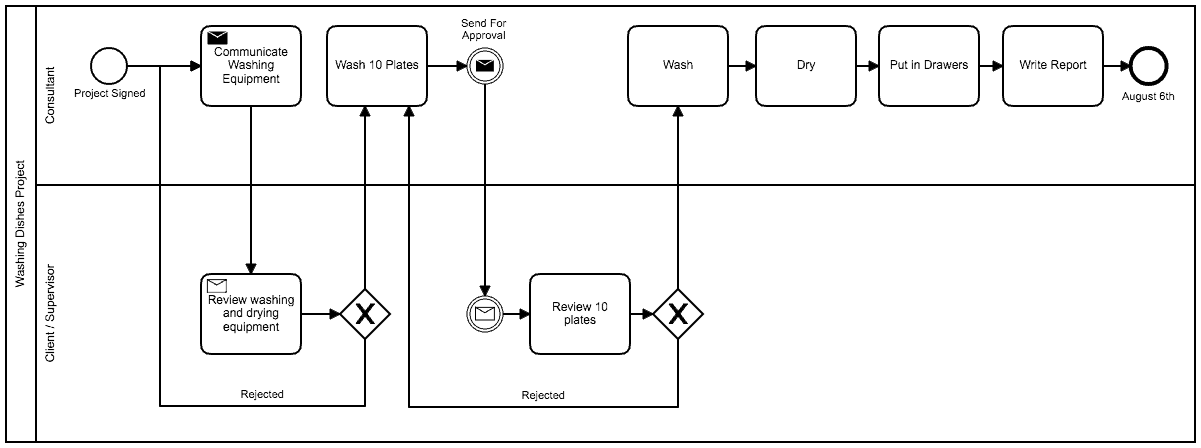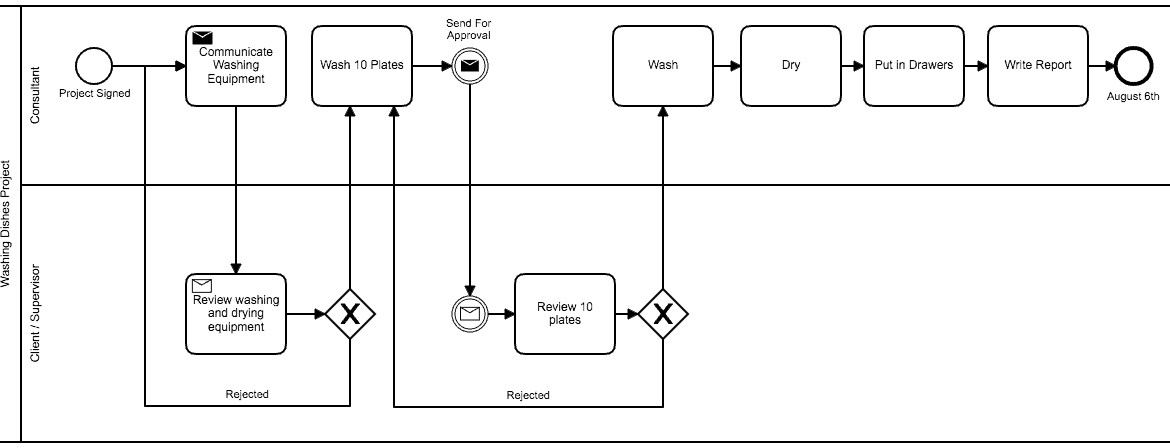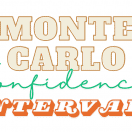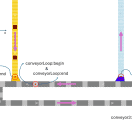It is very common for a client to try to make as little effort as possible to obtain amazing results. It is even natural for a client with little experience to assume when hiring an expert, that the expert will do everything they want with very little information. This has been fed with quotes as “It doesn’t make sense to hire smart people and then tell them what to do; we hire smart people so they can tell us what to do.” by steve jobs. In my opinion this quote is just an excuse for a manager to be lazy, and in my opinion, in particular when you are a client, your vision needs to be extremely clear if you want to reduce costs and increase quality.
The more ambiguous the vision, the more expensive the project will be, the longer it will take and the worse the quality will be.
Let’s make an easy example to exemplify this with a task that anybody can understand: washing the dishes.
Good Client
A good client will provide with all the required information for the project to be successful. This is a description of the project:
Main tasks:
- Wash the dishes manually (100 wine glasses, 100 whisky glasses, 100 plates, 20 pans, 600 cutlery items)
- Dry the dishes manually
- Put all the dishes in their respective place in the different drawers of the kitchen
Additional details:
- No soap or drying equipment is provided. Material used has to be approved by a supervisor before cleaning
- Before cleaning everything else, 10 plates have to be cleaned and inspected by a supervisor in order to approve the quality
- A full report is needed explaining the technique used to do all the tasks, with statistics on the activities, and material used to wash and dry
- The deadline is August 6th
Now let’s be fair in saying that it is rare that a vision will be so explicit and clear, and it’s the job of the consultant to ask the right questions to obtain this information, and a good consultant will know how to ask the right questions in order to collect the data and knowledge required. But some information may never be discovered if not communicated by the client appropriately and timely.
Bad client
Let’s assume for this example that the project is exactly the same as the one described before. A bad client will give very ambiguous information and expect very detailed responses.
I need to wash the dishes. How much will it cost? My budget is $10.
This is an obvious case of a client who is willing to make zero effort to receive help and immediately raises a big red flag. No reasonable person would ask something so ambiguous and expect an unambiguous answer. Also the budget is misleading since the amount of work required surpasses vastly the $10 and it doesn’t even cover the soap and drying towels required to do the work.
This situation generally happens because the client doesn’t know the extent of his own project, and will probably get more information as the project progresses. To immediately become a good client, working on an hourly based payment is the best strategy for both parts. Having a fixed price or a clear time estimate in such an ambiguous project is basically impossible and I prefer to avoid these projects or charge an extremely high fee that will probably be rejected.
Another bad client
I need to wash and dry the dishes and put them in a drawer before august 6th. (100 wine glasses, 100 whisky glasses, 100 plates, 20 pans, 600 cutlery items).
This client seems better than the previous at first glance since there is no ambiguity on the request, but he is hiding all the additional details, which may cause several problems:
- Using unapproved soap or towel, forcing the consultant to redo all the work
- Washing everything and learn mid-way that the plates have to be approved. This will force the consultant to redo all the work
- The client may surprise the consultant with the report at the end. This will cause frictions in the relationship since it wasn’t stated in the beginning of the project
These types of projects generally end up costing more money for the client, more time for the consultant or losing in quality if the client runs out of money. To immediately become a good client in this case, a contract with the description will be created and respected. If anything has to be done that was not specified in the contract, the client must pay the price. This is a very standard procedure but sometimes unknown by inexperienced project managers.
Best Client
Additionally to showing the full information, a diagram explaining the process is provided to have no doubts about what needs to be done (figure 1)
 Figure 1 – Figure 1 – Process Diagram
Figure 1 – Figure 1 – Process Diagram
In general, in simulation projects, developing a diagram that explain the processes in question using business process modeling notation, or causal loop diagrams, or fishbone diagrams or other type of graphical representations is extremely useful. Many times I help the client develop it, but most times the client underestimates how much time and money they can save by doing this effort before starting the project.
Conclusion
All clients are interested in reducing their costs and increasing the quality of the outcome. But as you can see in these examples, it’s all a matter of a trade-off between the time the client is willing to spend to improve his vision and requirements and the money he is willing to spend for lack of communication, change in requirements or errors in the vision.
If you are a client with more money than time, the best strategy is to make the consultant create the vision for you and pay for that time. If you are a client with more time than money, you should spend as much time as possible to write very clear requirements that are very easy to understand and make the consultant’s life as easy as possible, making him spend time exclusively on the things you are not able to do yourself.





